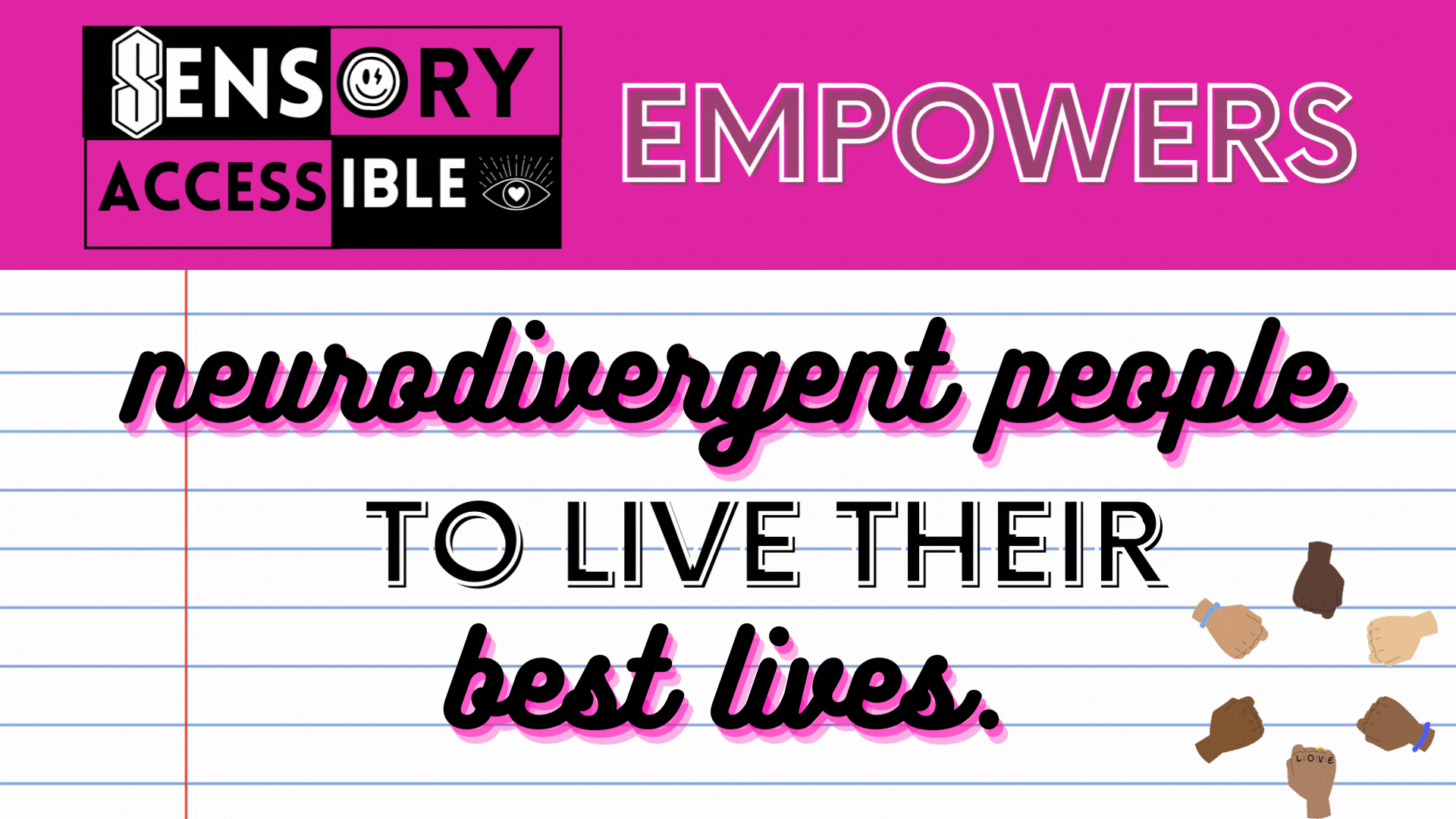



What is a Sensory Processing Disorder (SPD)?
Sensory processing challenges refer to difficulties in effectively organizing and reacting to sensory information received by the body. People can exhibit hypersensitivity, hyposensitivity, or a combination of both when it comes to sensory input.
At least 1 in 20 people are
affected by Sensory Processing Disorders
What are the symptoms of SPD?
People with SPD may exhibit exaggerated reactions to sounds, clothing textures, and food textures, or they may display diminished responses to sensory stimuli. This can lead them to seek more intense and thrilling experiences. For instance, they may engage in activities like jumping from heights or swinging excessively high on playground equipment. It's important to note that people with SPD can display a combination of oversensitivity and under-sensitivity.
Hi, I’m @JenFriel
I was frustrated after I was diagnosed not knowing where to turn to help me live this “new way of life” after feeling like I had this massive band aid being ripped off.
I then started to wear sensory products that felt good to me, and found out that not only were they helping me tremendously … but my friends (and strangers) wanted to know where they could buy the sensory products too.
With the help of my blog Talk Nerdy To Me®, and my recent viral series (4.3 million views on how I was diagnosed with Synesthesia), I am going to be as loud and proud (as my senses can handle) partnering with brands to make people aware of sensory processing disorders, and ways they can help ensure sensory accessibility for everyone.
Sensory Accessible is VERY personal, so let’s hang out together and learn from each other.
I’m a late diagnosed autistic that also happens to have synesthesia. Synesthesia allows me to have a “heat map” and “Game Genie” to life.
Sounds fun, but a lot of times it’s very, very overwhelming.



